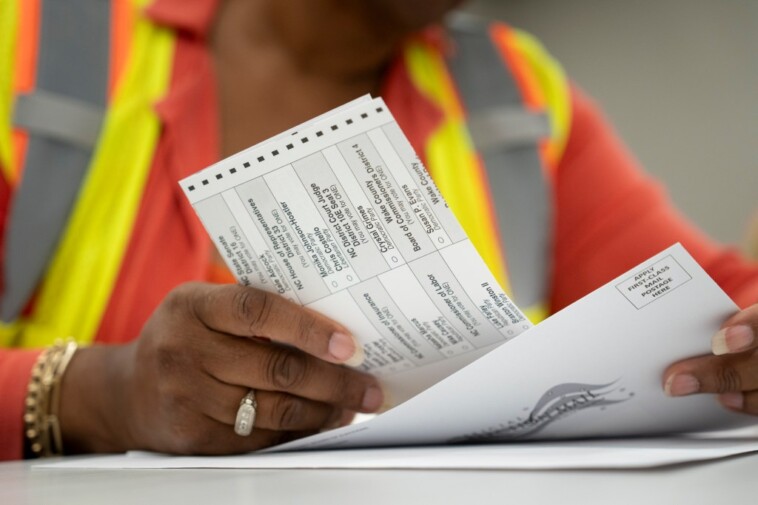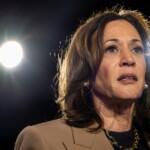(The Center Square) – When voter registration closed Friday evening, more than 7.7 million North Carolinians were on the rolls ahead of Thursday’s in-person early voting start.
That’s up from 7.3 million on Election Day in 2020 and more than 800,000 greater than in 2016.
By voting bloc, unaffiliated continues to be the greatest gainer and Democrats – 20 years ago the overwhelming party of choice – the biggest loser.
Republicans, meanwhile, have had the smallest fluctuation in percentage change over 20 years, and in the last dozen.

Same-day registration is available in North Carolina during the early in-person voting period; otherwise, the registration deadline is closed.
Election Day is 22 days away with this cycle the longest statewide ballot – president; 14 congressional seats; governor and nine other Council of State seats; one seat on the state Supreme Court and three on the Court of Appeals; and 50 state senators and 120 state representatives in the General Assembly in addition to local races.
All three major voting blocs have gained since Jan. 1, 2004, when the state boasted just over 5 million registered voters.
Since the 2020 election, unaffiliateds have gained nearly half a million – 472,559; Democrats have lost 199,981; and Republicans have increased 76,350.
On Jan. 1, 2004, the state’s more than 5 million registered voters were split 47.6% Democrats, 34.4% Republicans and 17.7% unaffiliated. Through Saturday, it’s 37.8% unaffiliated, 31.3% Democrats and 29.9% Republicans.
The trends since Labor Day are up 0.2% for unaffiliated, down 0.3% for Democrats and about the same for Republicans.
The trending change over two decades has been steady for Democrats and unaffiliateds. The biggest two-year jump – presidential year to midterm, or midterm to presidential year cycle – in total registrations were ahead of the landmark 2008 cycle when Barack Obama won the presidency.
From the 2006 midterms to that Election Day, more than 800,000 registrations were added. Obama’s campaign strategy for field offices in the state was pivotal to Democrats winning the state’s electoral college votes for the first time since 1976, only the second time since 1964, and to this day the last time.
We’re here to keep you informed about Election 2024 every step of the way
Subscribe to our special edition newsletter to stay updated on the election stories that matter
Thank you for signing up
Yet, it was the unaffiliated bloc that rose from 19.4% to 22.2% while Democrats slipped slightly from 45.9% to 45.8%.
The Grand Old Party had its biggest loss in percentage, from 34.7% to 31.9%, in the last 20 years of presidential year to midterm, or midterm to presidential year cycle.
Registered Democrats as of Saturday are 442,600 fewer than the day Obama won. Total registrations are up 1,471,381; unaffiliateds are up 1,533,331; and Republicans are up 306,941.
Of the parties that petitioned to get ballot access this summer, registrations are 1,029 for We The People Party, 380 for Constitution Party, and 341 for Justice For All Party.
The latter gained access by three Fayetteville residents filing and winning litigation against the State Board of Elections; nine of the registrations are in Cumberland County.


